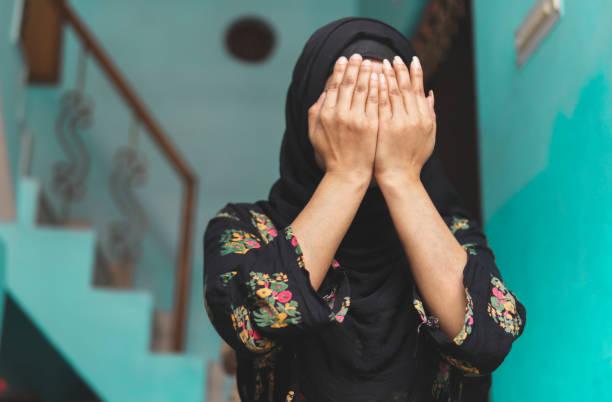Introduction
In a world that often seems to celebrate exposure and extravagance, the concept of modest dress stands as a symbol of timeless elegance and dignity. Modest clothing, characterized by its understated and unassuming design, has been a source of empowerment and expression for people across the globe. While it may not always be in the forefront of fashion trends, modest dress continues to make a profound impact on individuals and societies. This article delves into the significance of modest clothing, examining its historical roots, the contemporary resurgence, and the empowering aspects of this sartorial choice.
The Historical Roots
Modest dress is a concept deeply rooted in history and culture. It has been embraced by various societies and religions for centuries. In many cultures, clothing has been used as a tool to convey modesty, humility, and a sense of self-respect. For example, in Islamic tradition, modest clothing is a reflection of religious values, emphasizing the importance of covering one's body as a means of both piety and privacy.
The Contemporary Resurgence
While modest dress has been present throughout history, it has seen a resurgence in recent times. Many individuals, regardless of their religious or cultural backgrounds, are now choosing modest clothing as a means of personal expression. This resurgence has been facilitated by a growing number of fashion designers and brands that offer stylish and modest clothing options. Modest dress is no longer synonymous with frumpy or dull attire; instead, it has evolved to incorporate trendy and fashionable designs that resonate with the modern individual.
The Empowering Aspects
One of the most compelling aspects of modest clothing is the empowerment it brings to those who choose it. Modest dress allows individuals to define their style while adhering to their personal standards of modesty. It offers a sense of control over one's appearance, enabling individuals to be selective about what they reveal and what they choose to keep private. This empowerment is not limited to any specific gender, age, or cultural group; anyone can harness the strength of modest dress to feel confident and self-assured.
Promoting Respect and Inclusivity
Modest clothing can also play a vital role in promoting respect and inclusivity. By choosing a modest dress, individuals can foster a culture of acceptance and understanding. In a world that is often divided along lines of appearance and attire, modest clothing sends a powerful message of unity and tolerance. It encourages a society where people are valued for their character, actions, and ideas rather than their outward appearance.
Conclusion
Modest dress is not merely a fashion statement; it is a testament to the enduring power of self-expression and individuality. With its deep historical roots, contemporary resurgence, and empowering qualities, modest clothing serves as a compelling choice for many. It allows individuals to take control of their appearance, express their values, and contribute to a more respectful and inclusive world. In a society that often emphasizes the superficial, modesty matters more than ever, offering a path to authenticity and self-confidence.





